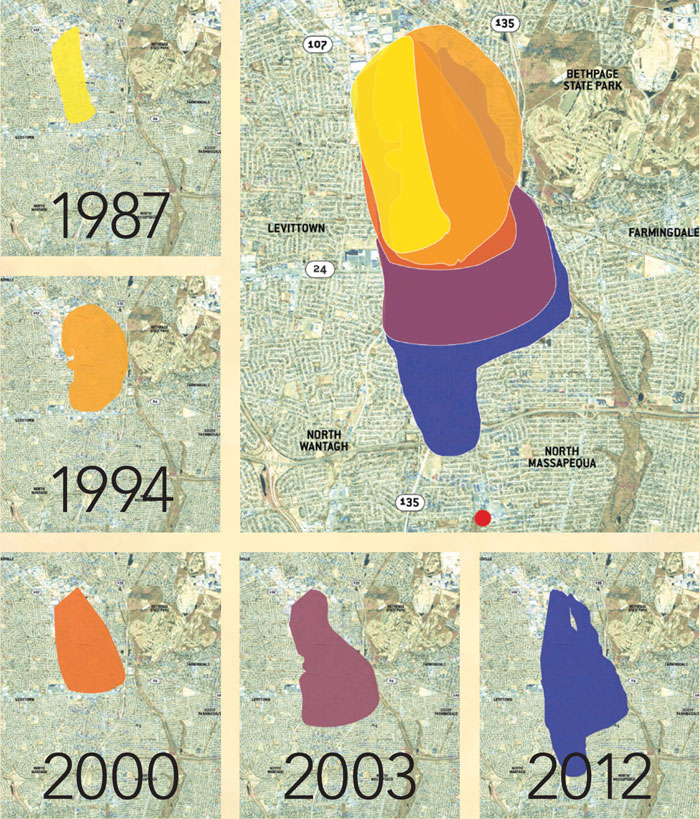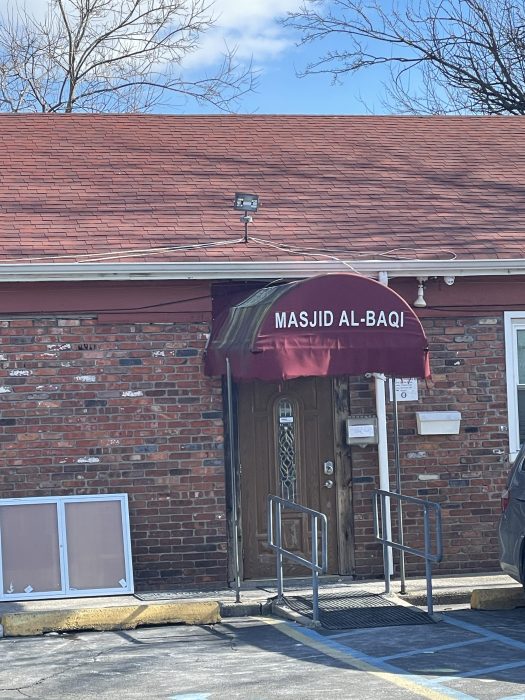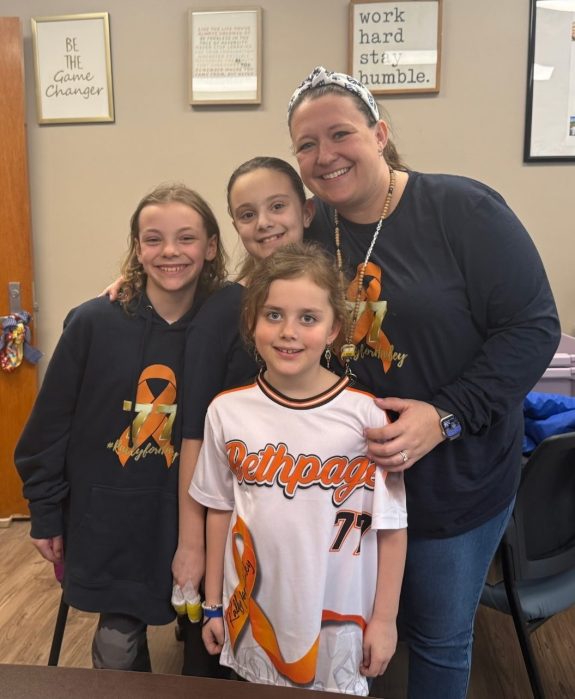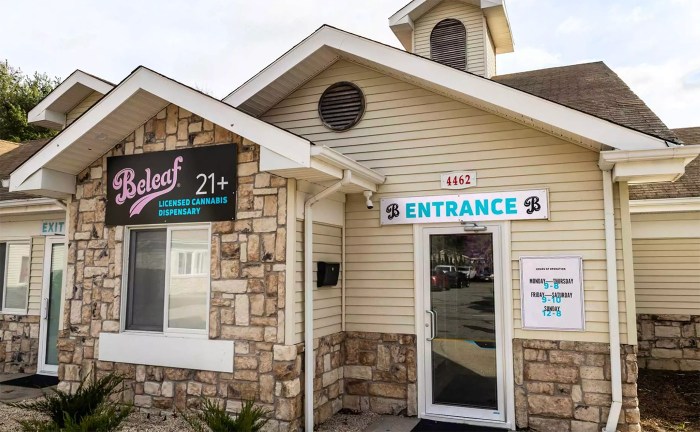By Rashed Mian & Christopher Twarowski
Gov. Andrew Cuomo has ordered the US Navy and Northrop Grumman to provide the state and a local water district access to monitoring wells so it can test for potential contamination caused by a toxic underground plume.
Samples from the so-called “Grumman Plume”—the subject of a 2012 Long Island Press investigative multimedia report exposing its continuous southward journey and disastrous public health ramifications—will be tested for hazardous carcinogens by both the state and Massapequa Water District, Cuomo’s office announced Wednesday.
“There have been too many questions about the extent of contamination caused by this plume and residents are frustrated with the lack of answers from the Navy and Northrop Grumman,” Cuomo said in a news release.
New York Sen. Chuck Schumer, a Democrat, said testing of wells is “just what the doctor ordered” for residents in Massapequa, Bethpage, and South Farmingdale—communities where the plume has threatened water supplies.
The news may provide some relief to residents and water district officials who’ve been lobbying the state for years to act. The plume is essentially a 4.5-mile long by 3.5-mile wide cocktail of potentially harmful chemicals which has been traveling south-southeast unabated for decades. The underground plume first crossed Hempstead Turnpike years ago and is currently on the verge of creeping past the Southern State Parkway.
As recently as last November Massapequa Water District President Stan Carey wrote a letter to the US Navy and Northrop Grumman asking permission to sample monitoring wells to test for the “correlation between the TCE in the monitoring wells and the TCE emanating from” the plume. TCE is short for Trichloroethylene, which is classified as a human carcinogen by the US Environmental Protection Agency.
As part of the state’s plan, the New York Department of Environmental Conservation will collect groundwater samples from monitoring wells in order to test for potential contaminants through a process called compound specific isotope analysis (CSIA), officials said. The Massapequa Water District will conduct its own independent analysis.
State testing could be expanded if necessary, officials said.
Carey thanked Cuomo for granting the water district access to conduct sampling and stated he looks “forward to continuing to work with New York State to protect Massapequa’s water wells.”
The Massapequa Water District has maps charting the plume’s path spanning more than two decades.
Local and state officials have feuded for years as to how to contain the plume and protect water supplies, with officials from the NYS Department of Environmental Conservation (DEC) even supporting “post-wellhead treatment” for a time—allowing wells in the hazardous chemicals’ path to first become contaminated, then receive treatment.
Critics panned the contamination-first strategy and demanded extraction wells to stop the spread of the toxic plume before it contaminated more public drinking water supplies and ultimately, the Great South Bay.
In his statement, Schumer accused the Navy and Northrop Grumman of “stonewalling” the water districts in their attempts to test wells.
The Navy has an agreement with the state DEC that calls for it to actively track down and remediate hot spots in the plume.
Residents in the impacted areas are forced to deal with the effects of disposal practices dating back to World War II by the former aerospace and weapons manufacturer, previously known only as Grumman.
Grumman was credited with helping the allies win the war, but its handling of waste has since come under scrutiny.
In 1983, the 600-acre Grumman Aerospace-Bethpage Facility Site was listed in the Registry of Inactive Hazardous Waste Disposal Sites in New York State.




























